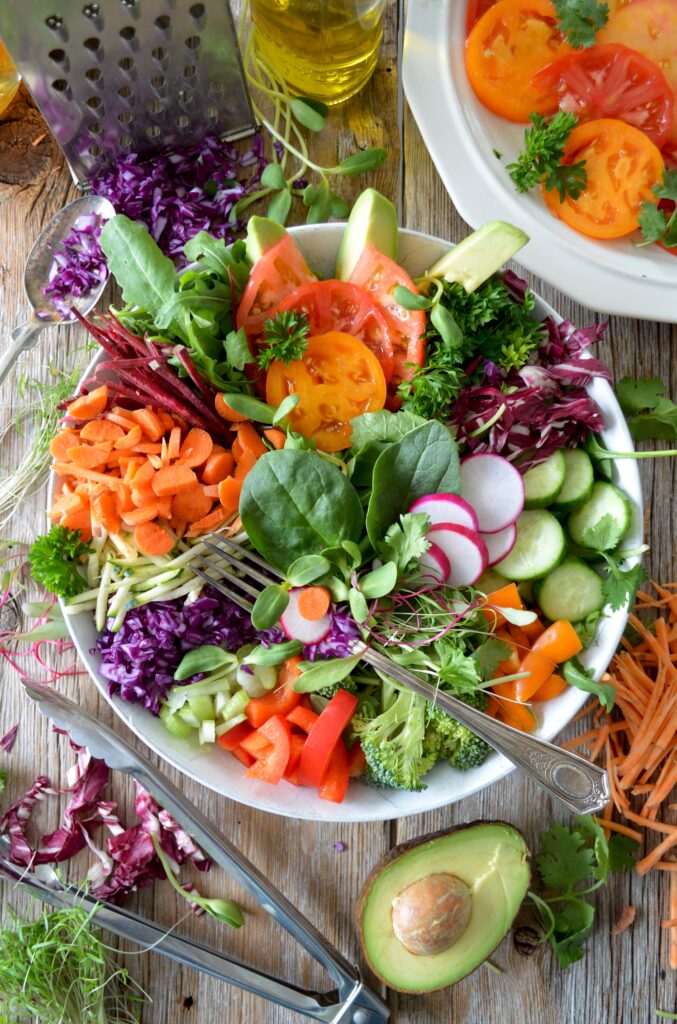I’ve discussed how expensive the Whole30 diet can be.
Now let’s discuss if it was all worth it.

The Rules of Whole30
Whole30 is an elimination diet designed to remove common food sensitivities from your diet for 30 days.
Following the 30 days, foods are reintroduced one by one over a 10 day (or longer) period to gauge the body’s response to processing the individual foods.
Things you can’t have on Whole30:
- No grains
- No dairy
- No alcohol
- No added sugar (real or processed–this means no honey, stevia, or agave, etc.)
- No legumes
- No sulfites or carrageenans
- No recreating baked goods or treats using whole30 approved items
For a full list, visit the official Whole30 program rules.
Other parameters:
- You’re also not supposed to step on a scale or take measurements during the month.
- You’re not supposed to snack throughout the day. Instead, you are encouraged to eat another small meal if you are still hungry.
- And you’re not supposed to get in the habit of eating a sweet treat after dinner, even if that sweet treat is a piece of fruit.
The idea is to clean up the ingredients we consume and break down our current food habits.
Whole30 is about simultaneously questioning the ingredients we put in our bodies and our current habits and relationship with food.
Results
To preface, the main reason I did the Whole30 diet was to try to get some answers about my weird stomach. Ever since I can remember I’ve always had a weird stomach that reacted unpredictably to different foods.
This includes a whole slew of uncomfortable feelings like extreme bloating, gas, inflamed gut, sour gut, cramping, etc. (Reaching a new level is discussing your excess gas on the internet. Cool.)
I did Whole30 in hopes that the elimination and reintroduction periods would help me pinpoint the things that created issues so that I could avoid them in the future.
Appetite Changes
The month of Whole30 made me feel better overall, but it was an adjustment to do away with my routine drive-byes in the kitchen for snacks at 3 and 4 p.m.
As a self-proclaimed grazer, it took me a minute to reacquaint myself with my appetite minus the snacking.
I learned that eating larger portions for breakfast and lunch helped sustain me through the afternoon until dinner, but since I didn’t like the feeling of eating slightly more than I could handle, after the first week I simply introduced a fourth meal during the day, so I could eat the smaller portions I was used to.
Results – Sticking to dedicated meal times, whether that was 3 meals or 4 meals, felt like it helped my stomach have space, or breathing room, throughout the day to digest and break down the things I was eating without being bombarded with a handful of this or a handful of that.
How I Felt in My Body
The first week ended with a detox feeling. Specifically from my blood sugar dropping.
By the first weekend, my husband and I were both feeling pretty hangry and on edge by mid morning. Even after a Whole30 breakfast, it didn’t seem to help my blood sugar from dropping hard by 11:00 a.m.
And without our go-to foods to go home to, the mental battle of “what do we do now” would set in. Of course this can be avoided by being a disciplined meal prepper, but once we reached the weekend, Saturday’s were usually the days where we would run into not having a real meal readily available to consume.
I recall feeling my blood sugar be a little more on edge in that first week. It didn’t set in until around day 5 or 6, but the Whole30 ‘flu’ feeling and blood sugar drop was hitting and it was hitting hard.
It was a little worrisome to feel this helpless without the crutch of getting a snack on the table, we literally had to go home and put forth effort every meal we ate.
Results – After the first week to 10 days, our blood sugar leveled out and my body was less bloated. I held less water weight and felt more toned overall. I’d say this was simply from not consuming as much sodium as I used to with the amount of processed foods I was eating prior to Whole30.
How My Stomach Felt
Now, the moment we’ve all been waiting for. My stomach benefited significantly from the Whole30 experience. I learned that bread and grains contributed to me having an amount of gas.
I learned that I wasn’t as sensitive to dairy as I initially thought, though consuming too much dairy wasn’t a great thing for my stomach.
I learned that I was completely addicted to honey and that too much honey was overwhelming to my stomach.
I learned that excess nut butters or eating nut butters consecutively was too much for my stomach to handle. Specifically, peanut butter. I can’t handle peanut butter much at all. Almond butter is a different story.
Beans, well, I already knew beans and I didn’t mix well, so I didn’t even bother reintroducing them.
I noticed that the space I was allowing my stomach to have between meals was a good idea. Having free time to actually catch up and digest the things I was putting in my mouth helped my system stay on top of the daily task of breaking down the foods I was eating.
Results – Barely any bloat, barely any excess gas, gone were the feelings of inflammation, gone was the sour feeling, or severe stomach cramps. Gone was the out of body feeling I got from dissociating how bad my stomach felt with my desires to just eat whatever I wanted.
Freely eating things that hurt me was not eating freely, it was setting myself up for pain and discomfort and the inevitable cascade of other bad decisions that came with dissociation.
Aaron’s results were similar. In addition to his noticing that he had overall less gas he also hardly dealt with the regular acid reflux that he has dealt with for most of his life.
Weight Loss
I ended up losing 3 pounds following Whole30. I didn’t set out to lose weight, mind you. This was a byproduct of the month and change in eating style.
Aaron lost a little over 10 pounds after Whole30.
It was not a struggle to lose the weight as we were both simply focusing on staying on plan.





[…] Was it worth it? […]